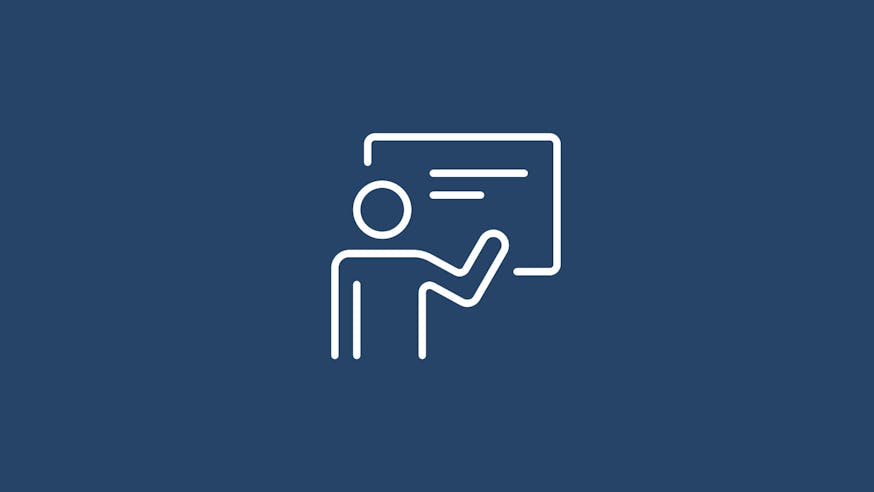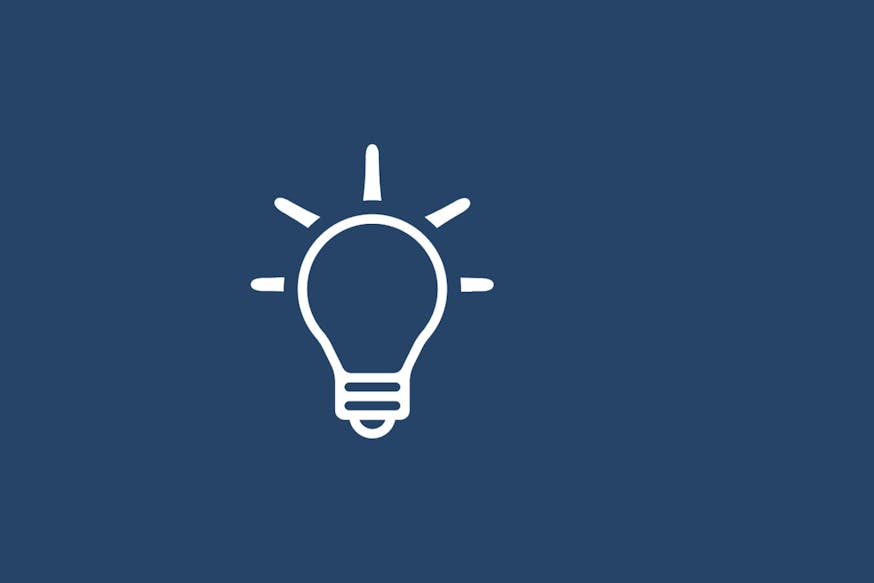Liberty Exhibit
Unit 1: Researching the Revolution
Developing a clear understanding of the past requires collecting, analyzing, and interpreting a variety of types and pieces of evidence and information in a thorough research process. This unit provides opportunities for students to analyze and understand the importance of research in the study of history. Using the example of artist Don Troiani, students will explore a variety of research methods and sources to discover how these methods can help in attempting to accurately portray the past.
Aims & Objectives
The modular activities and extensions in this unit provide opportunities for students to:
- Consider the importance of research in understanding and representing historical events.
- Investigate a variety of research methods and how they contribute to an understanding of history.
- Explore artist Don Troiani’s highly researched attempts to authentically portray the Revolutionary War.
- Reflect on the importance of archaeology and the discovery of material objects in what we know about history today.
Materials
- Big Idea 1 - Researching the Revolution
- Engraving: The Bloody Massacre by Paul Revere, 1770 (Courtesy of the Dietrich American Foundation)
- Painting: Concord Bridge, The Nineteenth of April, 1775 by Don Troiani, 2010 (Courtesy of Don Troiani)
- Engraving: The Engagement at the North Bridge in Concord by Amos Doolittle, 1775 (Connecticut Historical Society)
- Painting: Brunswick Broadswords, The Brunswick Dragoons at the Battle of Bennington by Don Troiani, 2018 (Courtesy of Don Troiani)
- Painting: Freeman's Farm by Don Troiani, 2015 (Courtesy of Don Troiani)
- Art Card: Brunswick Dragoon Officer's Broadsword (Courtesy of Don Troiani)
- Art Card: Brunswick Officer's Gorget (Courtesy of Don Troiani)
- Art Card: Brunswick Cartridge Box Plate (Courtesy of Don Troiani)
Procedures
Engagement, Part 1 (10-15 minutes)
Now or Later?
Ask students what they know about the Hessians who fought in the Battle of Trenton or another topic they may not know much about. Ask students which option they would prefer if they had to create a detailed report on this topic — write the report right now or have time for research?
Discuss with students the potential outcomes of each approach. Brainstorm the importance of researching in understanding historical events.
Engagement, Part 2 (15-20 minutes)
What Did You Hear?
Teacher preparation: Review Big Idea 1: Researching the Revolution and print enough copies for each student to have one.
Give a student in the front of the class a random sentence and tell them to whisper the sentence to the student sitting next to them. Have the sentence travel around the classroom and then have the last student say it aloud. Afterwards, engage students in conversation around the following questions:
- Did the sentence change or remain the same from the first student to the last?
- If it changed, why did it change? Was the meaning of the sentence different by the end of the line?
- If it didn’t change, how did you accomplish this?
Development, Part 1 (30 minutes)
Object Exploration
Teacher preparation: Review Big Idea 1: Researching the Revolution and print enough copies for each student to have one. Project or display image of the painting Brunswick Broadswords, The Brunswick Dragoons at the Battle of Bennington, and photocopy or display art card images of the broadsword, gorget, and cartridge box plate.
Have students read the Big Idea 1: Researching the Revolution. After students finish reading, display or project the image of the painting Brunswick Broadswords, The Brunswick Dragoons at the Battle of Bennington by Don Troiani. Have them describe what’s happening in the scene, using information from the image to support any deductions they make. Next, hand out or project the art card images of the broadsword, gorget, and cartridge box plate that are featured in Troiani’s painting of the Battle of Bennington. Have students find each of the objects in the painting. Engage students in conversation around the following questions:
- How similar to or different from the original objects are the ones in the painting?
- What can the objects tell us about the experience of the soldiers who fought in this battle?
- Why is it important to use objects as sources in researching history?
EXTEND: Have students research more about cartridge boxes, gorgets, or swords to discover more about their use during the Revolutionary War.
Development, Part 2 (25-30 minutes)
Don Troiani's Research
Teacher preparation: Review Big Idea 1: Researching the Revolution and print enough copies for each student to have one. Project or display the painting Freeman’s Farm, by Don Troiani.
Have students read the Big Idea 1: Researching the Revolution. Divide students into groups and have them create a list of the research they feel Don Troiani did to portray the scene in the painting Freeman’s Farm as accurately as possible. Have the groups present their findings to the class noting any new additions or alternate perspectives on the growing list. Engage students in conversation around the following questions:
- Do they believe the image in the painting Freeman’s Farm is accurate?
- Do they believe we can ever say that images or historical narratives created today about the past are fully accurate?
NOTE: Troiani visited the actual battlefield with a renowned historian and Park Ranger at Saratoga National Historical Park. This field visit allowed him to establish the scale and positioning of the figures and how the lighting would have appeared on a September afternoon. Working with a historian who specializes in the British 62nd Regiment of Foot, research was conducted using military records on what the officers wore, how many men were wounded at the battle, and what weapons they used. Troiani also researched portraits of soldiers that served in this specific regiment. He used objects from his personal collection including a British officer’s gorget and cartridge pouch marked to the British 62nd Regiment of Foot. Research was also done on the 3rd New Hampshire Regiment of the Continental Army that you see in the background.
Development, Part 3 (25-30 minutes)
Field Study and Fact-Finding
Teacher preparation: Display or project images of Concord Bridge, The Nineteenth of April, 1775, by Don Troiani and The Engagement at Concord Bridge by Amos Doolittle.
Explain to students that both Doolittle and Troiani visited the battlefield site before they started their paintings. Engage students in the following questions:
- Why do you think field study was important to both artists?
- How are these images similar?
- How are they different?
- How does how the landscape is portrayed help you understand the experiences of soldiers at Concord in April, 1775?
- Have you ever visited a battlefield or historic location?
- How did the visit help you understand what happened there?
EXTEND: Have students visit a historical site in their own community, city, or state to learn about what archaeological work has been done there and how that has helped historians learn about the past. Have students create a presentation on what they learned about their local history, work of archaeologists, or efforts to preserve local historical sites.
Explore with students the Museum’s Virtual Tour focusing on the Lexington and Concord page. What objects found at the site helped historians learn more about the battle?
Have students set up an interview with a local historian or an archaeologist or invite them to your classroom to learn more about how their work in uncovering the past helps to understand local history.
Development, Part 4 (20-25 minutes)
Propaganda, Primary Source, or Both?
Teacher preparation: Review Big Idea 1: Researching the Revolution. Display or project the image of Paul Revere’s The Bloody Massacre.
Have students view the image and read the text below the image with them. Discuss the meaning of the text under the image. Explain to students that the creator of the engraving was a member of the Sons of Liberty, a group established to protest British rule in Colonial America, and that the image would have been reproduced as a broadside and displayed or distributed across the city. Afterwards, split students into three groups to discuss the following:
- Group 1 - Point of View - What point is the author trying to make? How did the author’s background impact his perspective?
- Group 2 - Purpose - Why did Revere create this image of the Boston Massacre?
- Group 3 - Intended audience - Who was (or were) the intended audience(s) for this image?
Come back together as a class and have each group present their findings. Then, ask students if they think this image is a primary or secondary source? Finally, debate whether or not this image can be trusted in depicting what actually happened during the evening of March 5, 1770 in Boston.
EXTEND: Divide students into two groups. One group will represent supporters of British rule in 1770 and the other group will represent those who protest against it. Ask them to find primary sources created by members of their group about the event in Boston on March 5, 1770. Have students debate what happened that night from the perspective of their side using the primary sources.
Culmination
Digging Deep Research Project
Teacher preparation: Review Big Idea 1: Researching the Revolution and print enough copies for each student to have one.
Don Troiani spends so much time researching the American Revolution because he is passionate about the subject and wants to learn more about it. Have students think about a topic they love and want to explore the history of. It could be the breed of their pet, their favorite sports player, historic event, scientific discovery, or a place they traveled to.
After students read Big Idea 1: Researching the Revolution, have them pick a topic they want to research. Then, encourage them to brainstorm everything they know about the history of their topic and list the research methods they could use to discover more about it. Encourage them to use sources beyond the internet and use at least three different sources such as books, art work, photographs, interviews, a visit to a museum (in person or virtually), field study, and/or historical objects/artifacts.
Have students prepare a creative presentation (PowerPoint, Prezi, website, trifold poster, musical or literary creation) describing both what they learned and what research methods they used.
After students have had the opportunity to present their discoveries to the class, have a discussion about which research methods they found challenging, which ones they enjoyed and what they learned about the importance of research in learning more about the past.
Writing and/or Discussion Prompts
Teacher preparation: Display, project, or print the following prompt: If you had a chance to interview Don Troiani about his research, what questions would you ask him?
Send us your students' questions to [email protected]! Don Troiani will answer some of them in an upcoming Educator Newsletter. If your student's question is chosen, we will send a gift to your class!
“I think of myself as a historian as much as an artist” - Don Troiani.
What does he mean by this statement?
Is it ever possible to accurately portray the past in a painting or historic novel? Why or why not?
What would happen if we didn’t try to represent people from the past who haven’t left enough, or any, personal records?
Extensions & Adaptations
Crate Your Own Masterpiece
Teacher preparation: Review Big Idea 1: Researching the Revolution.
Have students read Big Idea 1. Then have students choose a historic event to depict in any of the following ways: paint, drawing, short story, newspaper article, diary entry, or newscast. Before they begin, have the students create a list of all of the research they will need to accurately recreate the event.
What's in the Box?
Teacher preparation: Gather a shoebox and several small items to be placed in it.
Using a shoebox or other small container, collect a few small objects and place them inside. Show students the box and have them draw it or describe it. Then show them the objects in the box. Have them draw or describe the box again now that they know what it contains. How is their second drawing or description different? How does it help to understand what is “inside the box”? How does this relate to researching historic events?
Finding Freedom - Exploring Deborah and Eve's Communities
Teacher preparation: Review The Museum of the American Revolution’s Finding Freedom online interactive, focusing on the stories of Deborah and Eve, then review the activity in Unit 2 titled “Explore Deborah and Eve’s Communities." Ensure students have access to computers, tablets or other devices with working internet connections.
Walk students through the “Exploring Deborah and Eve’s Communities” activity.
Handling an Object
Teacher preparation: Locate and bring to class a feather or other small object with visual interest.
Show students your object and them to describe it. Then, pass the object around the class. Ask them to describe it again. How did the descriptions change? Ask students why the descriptions were different? How were they better able to understand the object after handling it?
Find Your Own Object
Finding older objects can be fun and easy. There are many places to find objects today - yard sales, antique stores, thrift stores, flea markets and maybe in your own basement or attic. Have students find an object and bring it into class and brainstorm what we can gather about the person who used it.
Objects About Me
Teacher preparation: Gather several personal objects that can tell stories about who you are (coffee mug, t-shirt, photo, keychain).
Ask students to brainstorm what these objects reveal about you. You can also ask students to bring in some objects and have them do the same activity about themselves for the entire class.
Career Connections
Historical artist isn’t the only career that requires a deep study of that past. Have students research the costume design or set design for their favorite period movie or TV show. Who designed the clothing and sets? What does it take to enter the fields of costume and set design? What do costume designers and set designers need to research before they make creative decisions that may stray from historical facts? If applicable, students can interview the set designers who work on their school play/ musical.
Primary Source Drawings
Have students find a drawing they made as a small child. Ask them to bring the drawing to class and discuss what the drawing can reveal about their life at the time they drew it? How have they changed since they created this drawing? How might asking what has changed since then help understand how we research and analyze objects and documents from the past?
Learn More

Liberty Exhibit Teacher Resources

Liberty Exhibit Big Ideas
